Tag: violin
-
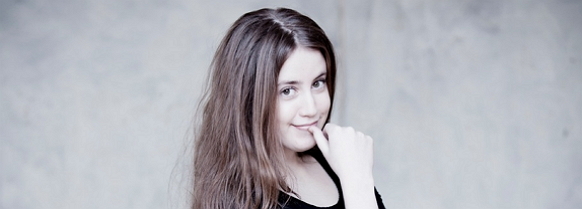
PROGRAM NOTES: VILDE FRANG
Felix Mendelssohn: Violin Sonata in F major Mendelssohn’s E minor Violin Concerto is such an established pillar of the standard repertory that it comes as a surprise to learn that this composer also wrote three sonatas for the instrument, although these are as obscure as the concerto is popular. The first, in F major,…
-
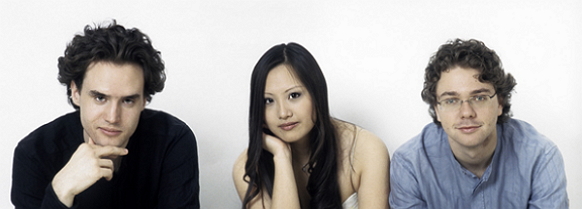
PROGRAM NOTES: SITKOVETSKY TRIO
Johannes Brahms: Piano Trio no. 3 in C minor, Op. 101 This is the last work Brahms wrote for the piano trio. It is a magnificent work in every respect, from the sharply etched melodies to the concision and masterly manner in which they are handled. It is also one of Brahms’s most compact…
-
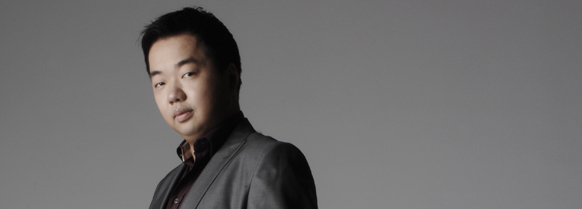
PROGRAM NOTES: NING FENG
Program Notes: Ning Feng Ludwig van Beethoven: Violin sonata no. 1 in D major, Op. 12, no. 1 Ludwig van Beethoven wrote his first violin sonatas, a set of three (Op. 12) in 1797-98. Six more sonatas appeared by early 1803, and one more in 1812. Although we refer to these ten works as “violin…
-

PROGRAM NOTES: AUGUSTIN HADELICH
Robert Schumann: Violin sonata No. 1 in A minor, Op. 105 Schumann wrote both of his completed sonatas for violin and piano in 1851. His wife Clara played the piano parts at their public premieres with violinists Ferdinand David (No. 1 in 1852) and Joseph Joachim (No. 2 in 1853). Though frequently recorded, these…
-

THREE VIOLINS AND THE TALENTED TRIO
Imagine my delight when I received an email from Jonathan Chan in London, where he is studying at the Guildhall, telling me that he had been awarded the 1715 Dominicus Montagnana violin on loan from the Canada Council Musical Instrument Bank. Canada’s finest young talents compete for the opportunity to use these instruments for a…
-
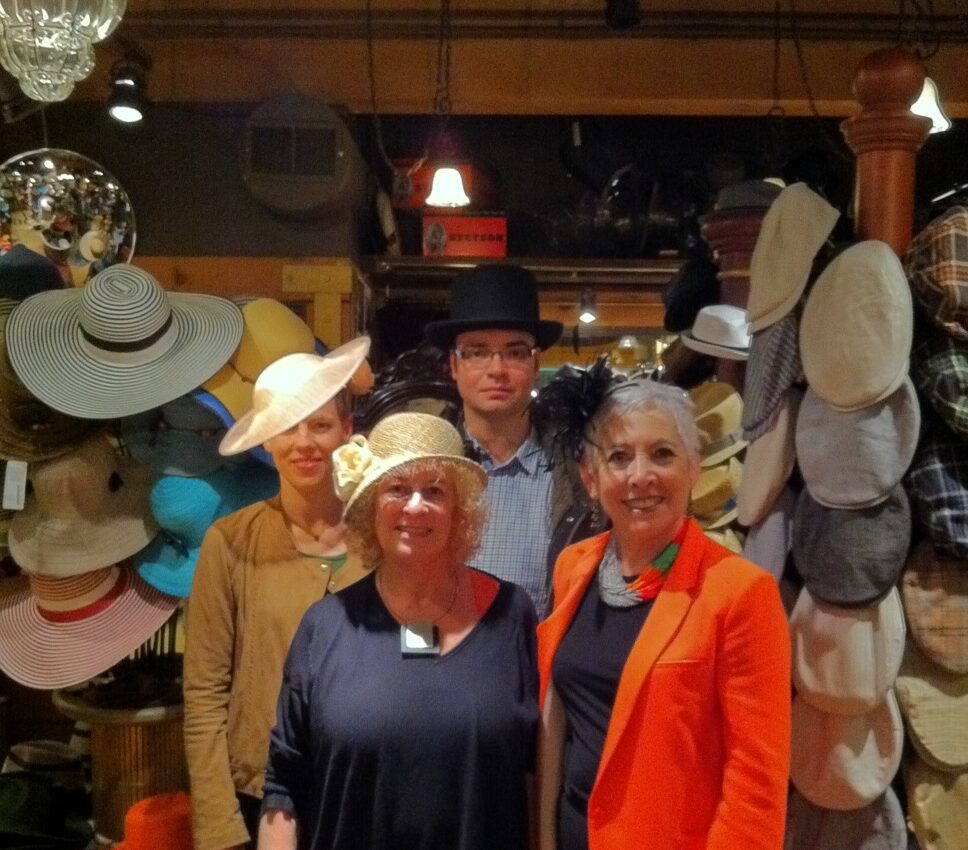
LEILA GETZ: HATS ‘ON’ TO TWO EXTRAORDINARY MUSICIANS!
Following their incredible journey through the Beethoven Piano and Violin Sonatas in three concerts for the Vancouver Recital Society, Isabelle Faust and Alexander Melnikov were anxious to blow off excess steam and see something of Vancouver before they left for their next engagement in San Francisco. So I, as the tour guide, and Allison…
-
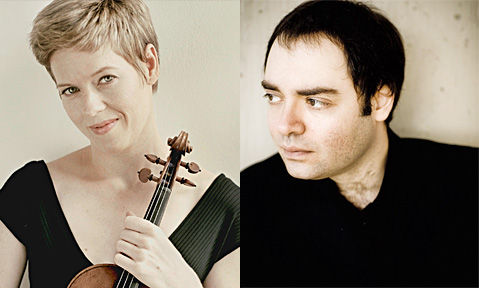
PROGRAM NOTES: THE BEETHOVEN PROJECT
Ludwig van Beethoven The Ten Violin Sonatas Beethoven wrote his first violin sonatas, a set of three (Op. 12) in 1797-98. Six more appeared by early 1803, making a fairly compressed time span for a medium in which Beethoven was to write just one more in 1812. All but the tenth were written before the…

